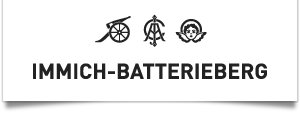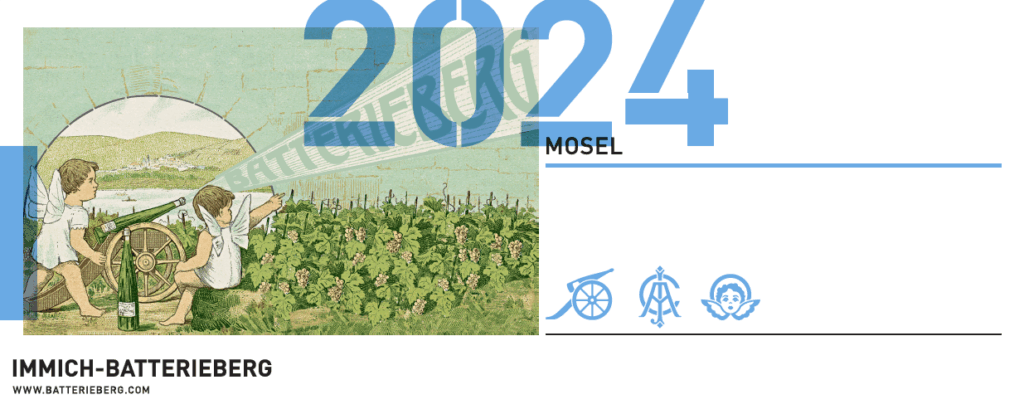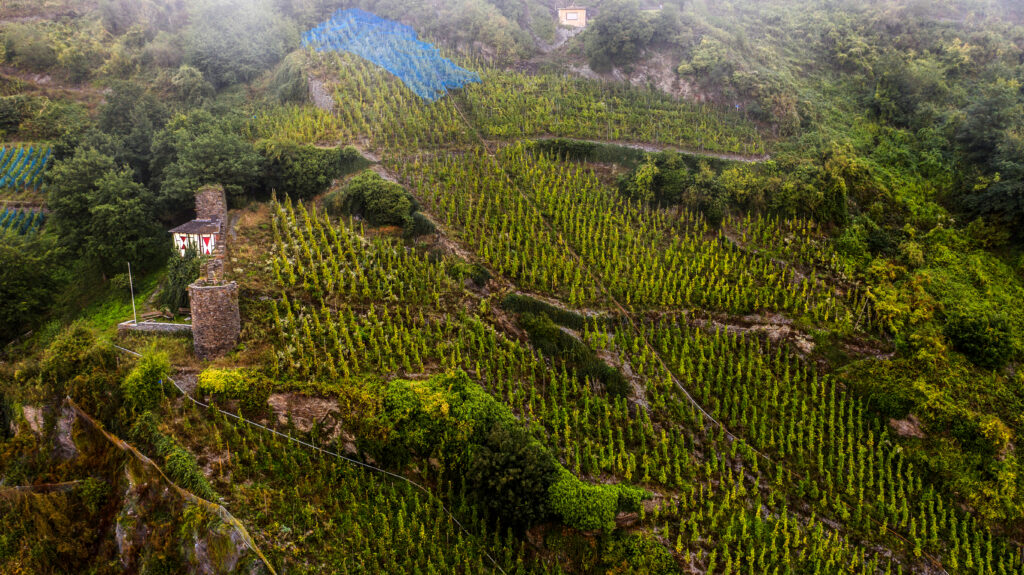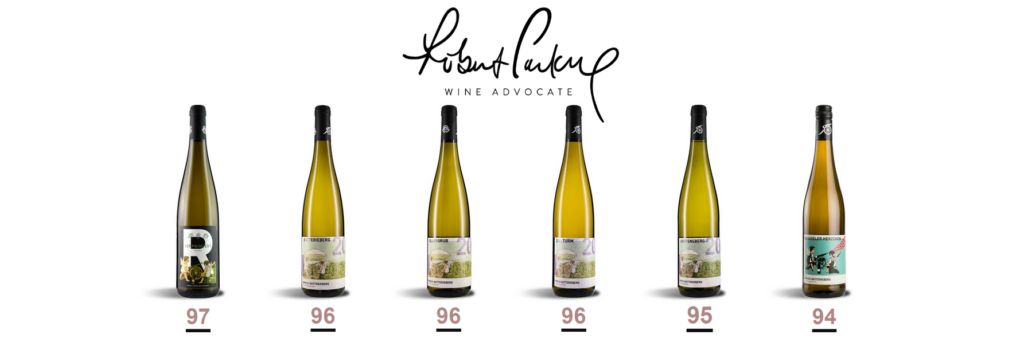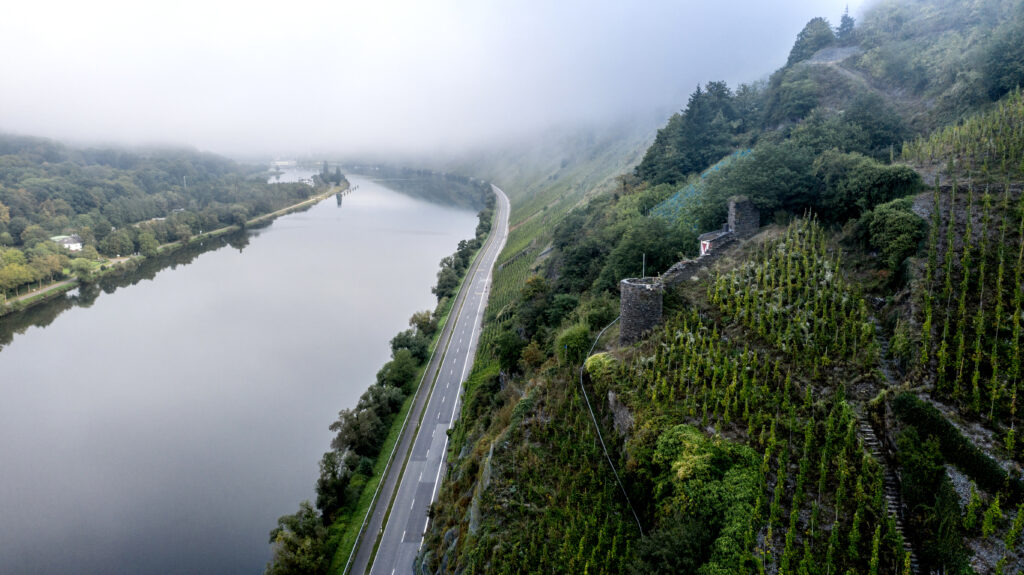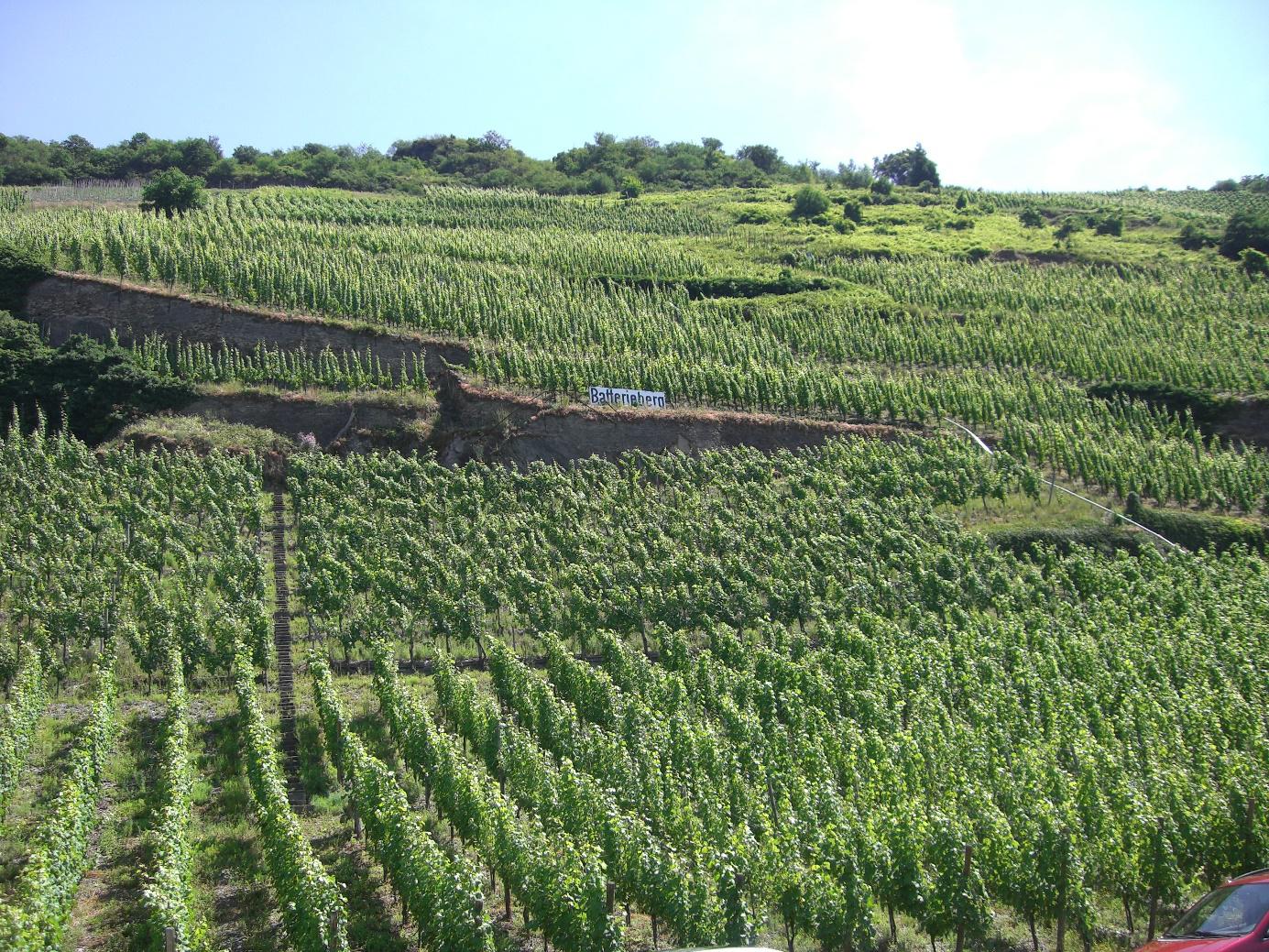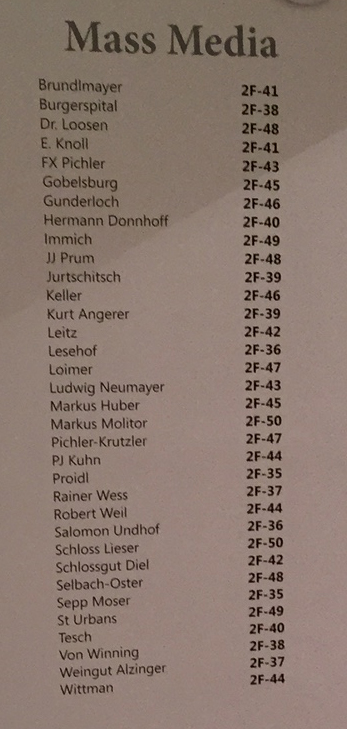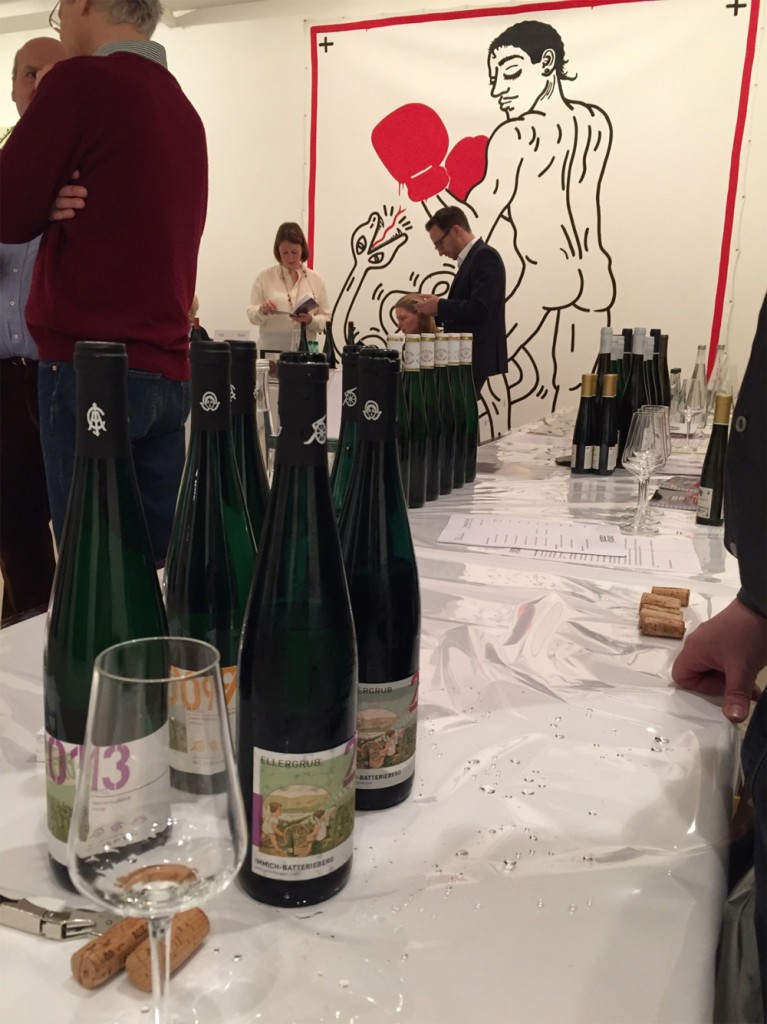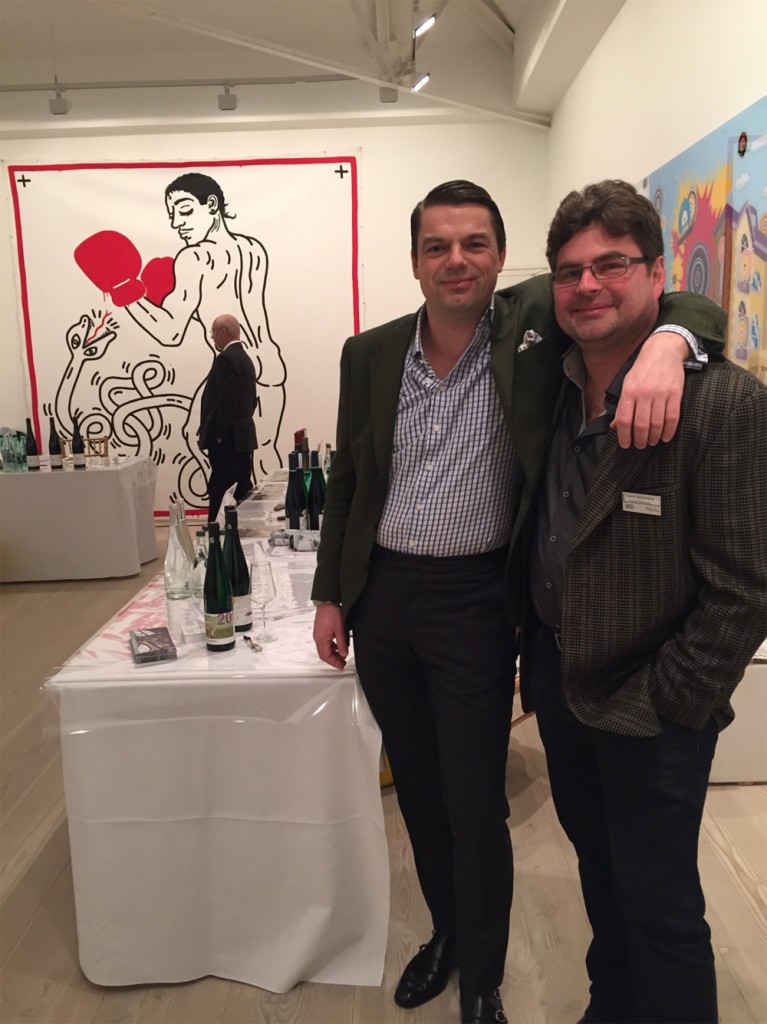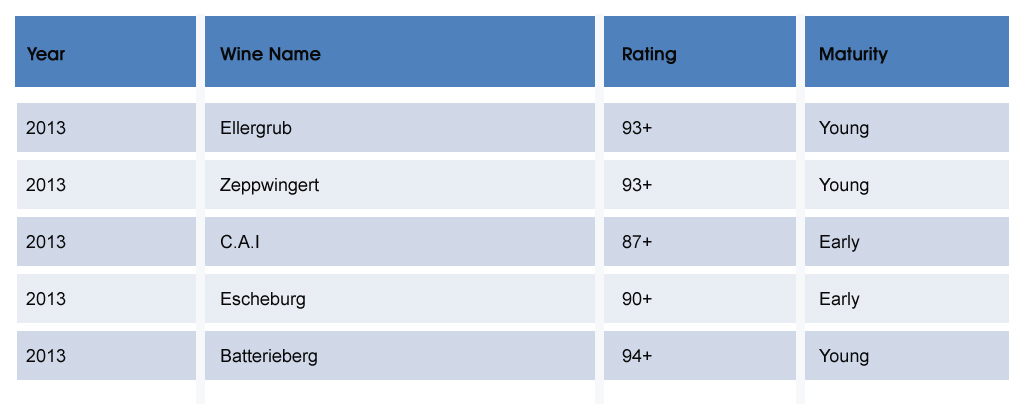Stuart Pigott via James Suckling

2024 ZEPPWINGERT Riesling | 98 points
The way this wine effortlessly marries enormous concentration with wonderful lightness and subtlety is breathtaking. The peach and Amalfi lemon flavors seem to flow into one another. Then comes the shining slatey notes of the extremely focused finish. Fermented and matured in one 500-liter oak cask, so very limited production. From organically grown grapes. Drink or hold.
2024 BATTERIEBERG Riesling | 97 points
Just smelling this extraordinary dry Mosel wine is like being beamed back to the 18th century, and with every swirl of the glass there are more mint and Amalfi lemon zest aromas. And that’s only what’s on the surface. This is a deep well of wet-stone minerality. Extremely long, focused finish. From organically grown grapes. Drinkable now, but best from 2027.
2024 ZOLLTURM Riesling | 96 points
At first very flinty, then with aeration a wide spectrum of candied citrus aromas unfurls, with hints of dried tarragon and sage. Very concentrated, with a complex interplay of leesy creaminess and herbal, minerally character on the medium-bodied palate. Very long, intensely salty finish. From organically grown grapes. Drinkable now, but best from 2026.
2024 ELLERGRUB Riesling | 95 points
This needs a moment to open up, but then it shows lovely aromas of orange blossoms. Seriously concentrated and wonderfully silky on the graceful, medium-bodied palate. Then touches of orange pith bitterness and slatey minerality kick in and give this incredible tension in the very long finish. From organically grown grapes. Drinkable now, but best from 2027.
2024 STEFFENSBERG Riesling | 94 points
This youthful wine shows impressive peachy ripeness with touches of flint, dried pears and apples. It needs to fully integrate, and each swirl of the glass aids this process. Then comes a wave of dried sage, flint and yeast in the long, complex finish. From organically grown grapes from ungrafted vines. Drinkable now, but best from 2027.
2024 BRIEDELER HERZCHEN Riesling | 93 points
Very cool, reserved, crisp and racy. On one level this is a typical 2024 Mosel wine, but on another it is radical, with positive austerity on the bone-dry, barely medium-bodied palate. Flinty right through the long, cool finish. From organically grown grapes. Drink or hold.
2024 ESCHEBURG Riesling | 94 points
Fascinating nose of candied oranges, dried apricots, dried flowers and flint. Sleek and compact, with excellent concentration and complexity on the medium-bodied palate. A remarkable expression of this underrated site. The salty minerality comes through in the expressive finish. From organically grown grapes. Drink or hold.
2024 DETONATION Riesling | 92 points
The dried apple and candied orange aromas are married to steely acidity on the barely medium-bodied palate. On the austere side, but with plenty of drive and a touch of orange rind bitterness in the rather bold finish. From over 40-year-old vines. Drink or hold.
2024 CAI Riesling | 91 points
With its aromas of licorice, candied oranges, quince and flint, this is different from almost everything else in this entry-level category. It’s a sleek, light-bodied dry riesling with stacks of dried herb, preserved lemon and slate character. Long, very crisp finish. Drink or hold.
2024 ELBLING | 93 points
The nutty apple aromas of this unique wine are compelling, although it’s light-bodied. Impressive depth on the mid-palate and long, crisp, filigreed finish. Hard to believe this has just under 9% alcohol because of the serious slaty minerality. Long, cool finish. From organically grown grapes. No sulfites added. Unfiltered. Drink now.
